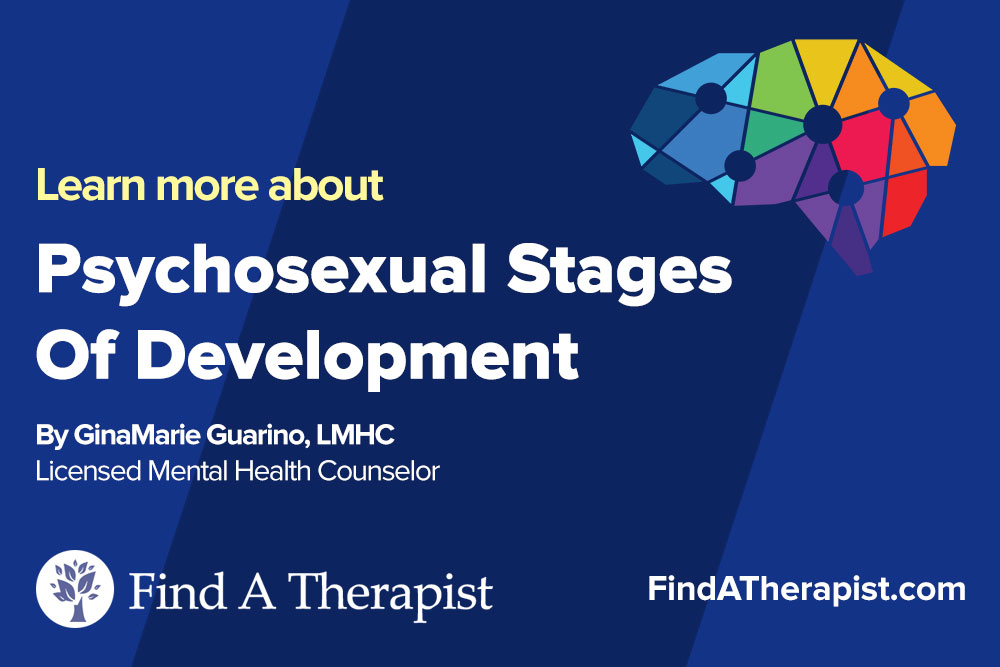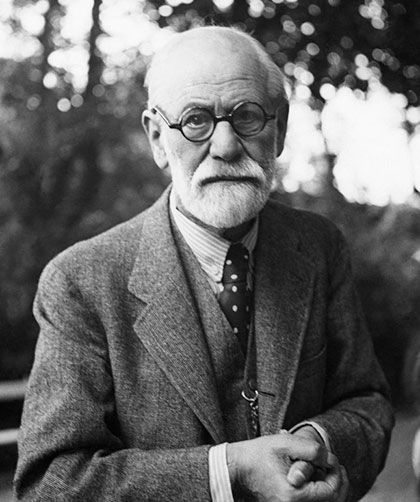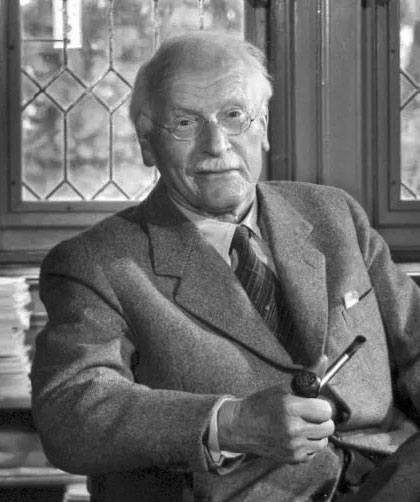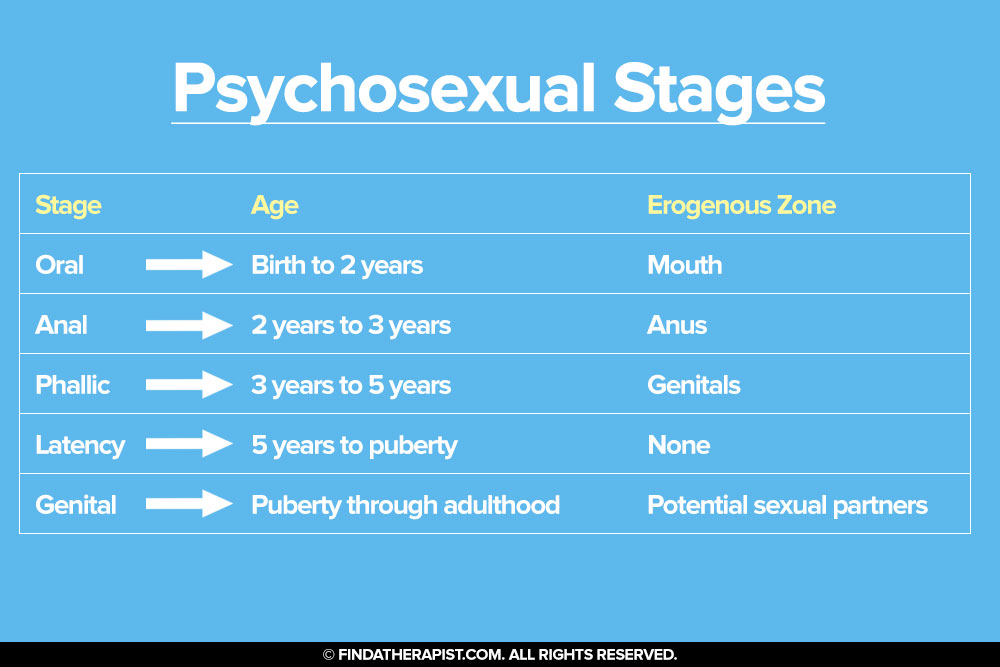Psychosexual Stages Of Development
Published on November 21st, 2019
Updated on January 2nd, 2024

Contents
The psychosexual stages of development is a concept developed by Dr. Sigmund Freud. Freud believed that the development of sexuality began at birth. His theory suggests that children will pass through the 5 stages of psychosexual development. Each stage will fall into one of three critical periods of life. In each stage, a child will discover an erogenous zone. Each period marks a level of development for sexuality.
Freud’s theory on development is a theory that focuses on psychosexual development during childhood and into adulthood. According to Freud, a child will pass through the 5 stages of development before reaching maturity. The 5 stages of development are based on age.
Sponsored by

Choose a therapist to work with and start healing with 20% off from BetterHelp.
Click Here
The 5 stages of psychosexual development include:
- The Oral Stage
- The Anal Stage
- The Phallic Stage
- The Latency Stage
- The Genital Stage
Freud’s theory can be broken down into 3 life periods. Each period is dominated by different stages. They reflect age and phase of maturity in a child or adolescent.
The 3 periods of psychosexual development include:
- The Infantile Period
- The Latency Period
- The Maturity Period
The 5 Stages of Psychosexual Development
The Oral Stage
Erogenous Zone: Gratification gained through stimulation of the mouth.
The oral stage indicates a period of time in which an infant gains erogenous pleasure through the mouth. This pleasure comes from being fed and learning the life-sustaining act of eating. In this stage, an infant will also feel pleasure from sucking.
Initial erogenous stimulation in the oral stage comes from breastfeeding. The infant learns that nourishment comes from the nipple. In the beginning of this stage, the infant is able to gain pleasure through breast feeding with little interruption.
As the infant ages, they begin to experience frustration. This occurs as they are weaned off of the nipple and onto other foods. As the infant continues to develop, they begin to find pleasure through the act of sucking and biting on objects. They also find pleasure from using their mouths to express themselves through smiling, crying and making sounds.
The mouth remains an erogenous zone throughout the course of development and into adulthood. The gratifying behaviors manifest through biting, chewing, and sucking on foods and candy. It can also manifest in unhealthy behaviors, like smoking, overeating or drinking.
The Anal Stage
Erogenous Zone: Gratification gained through stimulation of the anus.
A child enters the anal stage around age 2. During the anal stage, a child displays destructive and aggressive behaviors. They may act out against potty training, or express their frustrations with aggressive behavior. A child also experiences pleasure through the act of defecating.
The term ‘anal’ may be used to describe the personality of a person. This is a term popularly used to refer to people who are overly neat, orderly, and rigid. Freud believed that this may happen as a result of shame coming to a child from a parent after defecating. He also theorized that the anal characteristic resulted from resistance to potty training.
The Phallic Stage
Erogenous Zone: Gratification gained through stimulation of the genitals.
The phallic stage of development occurs around age 3 or 4. In this stage, the child becomes most interested in their genital area. The phallic stage revolves around masturbation and the stimulation of the genitals. Development in the phallic stage will be influenced by how parents suppress the masturbating activity. This is also seen in the anal stage.
The phallic stage involves a key role in the development of personality. One of Freud’s most noteworthy theories is the Oedipus complex. According to Freud’s theory, children model their behavior and identity from their parents. Males identify with their fathers, and females identify with their mothers.
Freud believed that during the phallic stage, children develop feelings of rivalry for their same sex parent. They also develop a desire for intimacy with their opposite-sex parent.
The Oedipus Complex
The Oedipus complex refers to a boy’s desire for his mother and jealousy of his father. The Electra complex is the female counterpart of this theory. According to Freud’s theory of the Oedipus complex, children desire their opposite-sex parent. As a result, the child develops feeling of jealousy for their same-sex parent. This causes rivalry between father and son, or mother and daughter.
Freud theorized that children develop erotic desires for their opposite-sex parent. This desire remains repressed in the child’s unconscious. The repressed desire does still influence the child’s attachment toward each parent.
Freud suggested that resolution of the Oedipus complex would occur upon completion of the phallic stage. If resolution is found successfully, the child will develop a healthy sexual identity.
Carl Jung’s Contributions To The Electra Complex

Carl Jung proposed the inclusion of the Electra complex to Freud’s theory. The term refers to how girls experience the complex. Both Freud and Jung recognized that males and females experience the complex differently.
Freud believed that girls suffer from ‘penis envy’. Penis envy refers to the point in which girls realize the difference between male anatomy and female anatomy.
In the realization, the child notices that she does not have a penis. She resents her mother for not completing her with a penis. She represses resentful thoughts toward her mother and instead mimics her behaviors. The child realizes that she cannot fulfill her sexual desires with her father because of her mother. As a result, sexual desires are redirected to the male sex in general.
The Latency Stage
Erogenous Zone: None. Sexual urges and impulses for erogenous stimulation lie dormant.
The latency stage begins around age 4 or 5. It will last until the child reaches puberty. During this stage, sexual urges tend to lie dormant. Psychosexual development pauses until the child reaches the final stage: the genital stage.
During the latency stage, a child’s attention is redirected away from the stimulation of erogenous zones. It is redirected toward other forms of development.
The following are the new focal points of development during this stage:
- Socializing
- Learning
- Interacting with culture
- Developing morals
The Genital Stage
Erogenous Zone: Gratification gained through stimulation of genitals with sexual interest in others.
The genital stage of psychosexual development begins when a child hits puberty. In this stage, sexual eroticism and stimulation is directed away from the self and toward others. This means that the adolescent begins to develop sexual interests in other people.
The genital stage also marks the time in which reproduction is possible. Adolescents begin to learn about their own sexuality, and how reproduction occurs.
Freud maintained that in this stage, girls begin to see their penis envy fade. The envy is replaced with value, as they develop an understanding of the purpose of their vaginas. Boys also begin to understand the value of the vagina. They begin to seek it out for comfort, rather than seeing it as a point of trauma from the birthing process.

The Three Periods Of Psychosexual Development
Freud’s theory of psychosexual development can be broken down into 3 periods. The periods reflect a child’s age and completion of stages. The stages begin at birth and can reach full maturity by adulthood.
The following are the three periods that reflect the stages of development:
The Infantile Period
Age: Infancy, birth to age 4 or 5.
Stages Completed In This Period: The Oral Stage, The Anal Stage and The Phallic Stage.
The infant years of life consist of the first 4-5 years after birth. Freud believed that infants undergo sexual development that is focused on themselves. He believed that infants feel pleasure by stimulating their own erogenous zones.
During the infancy period, children show special interest in their own erogenous zones. They begin to explore their genitals, mouth and anus. They seek pleasure through stimulating these zones for sexual excitement.
The first three stages of development manifest in the infancy years. Each stage is influenced by the stimulation of erogenous zones.
The Latency Period
Age: Childhood, age 5 or 6 to adolescence.
Stages Completed In This Period: The Latency Stage.
The latency period occurs at the same time as the latency stage. During this period, the child will not be focused on sexual urges or impulses. They will instead focus on other areas of development. Social, cultural, cognitive, moral and academic development is the primary focus during this period.
Freud believed that the latency period is caused by suppression of sexual urges. This stems from parental guidance and influence. Parents influence this by punishing and discouraging the stimulation of erogenous zones.
The suppression that occurs in the latency period is reinforced by other figures of authority, like teachers. Children are instead stimulated by:
- Social interaction
- Personal growth
- Positive reinforcement from authority figures
It is believed that during the latency period, feelings of shame and guilt revolve around erogenous zones. Children are discouraged from stimulating their genitals, and are taught that it is shameful to do so. This promotes the continued latency period up until puberty.

The Maturity Period
Age: Adolescence, age 12 through adulthood.
Stages Completed In This Period: The Genital Stage.
The maturity period includes the final stage of psychosexual development. It begins in adolescence and lasts through adulthood. In the maturity period, adolescents and adults seek sexual stimulation and pleasure with partners. They may direct their sexual energy onto another person while masturbating, or engage with others in sexual activity.
In the maturity period, sexual urges are moderated, but no longer repressed. Adolescents feel more comfortable with expressing their sexuality. As they move into adulthood, they gain independence to explore their sexuality in new ways.
Once an adolescent reaches adulthood, they no longer feel the need to repress their sexual urges. They are able to moderate how they express their sexuality. Successful maturity will include discretion when expressing sexuality. The need to repress sexual urges is minimal.
Successful completion of maturity will involve minimal repressed sexuality. It will also involve minimal aggression toward the self and others.
There will be less shame and guilt around the topic of sex. Sexual expression in the self and from others will be more accepted, on the condition that the time, space, and method are appropriate.
Sponsored by

Find an affordable therapist online with 20% off from BetterHelp.
Click Here






Leave A Reply